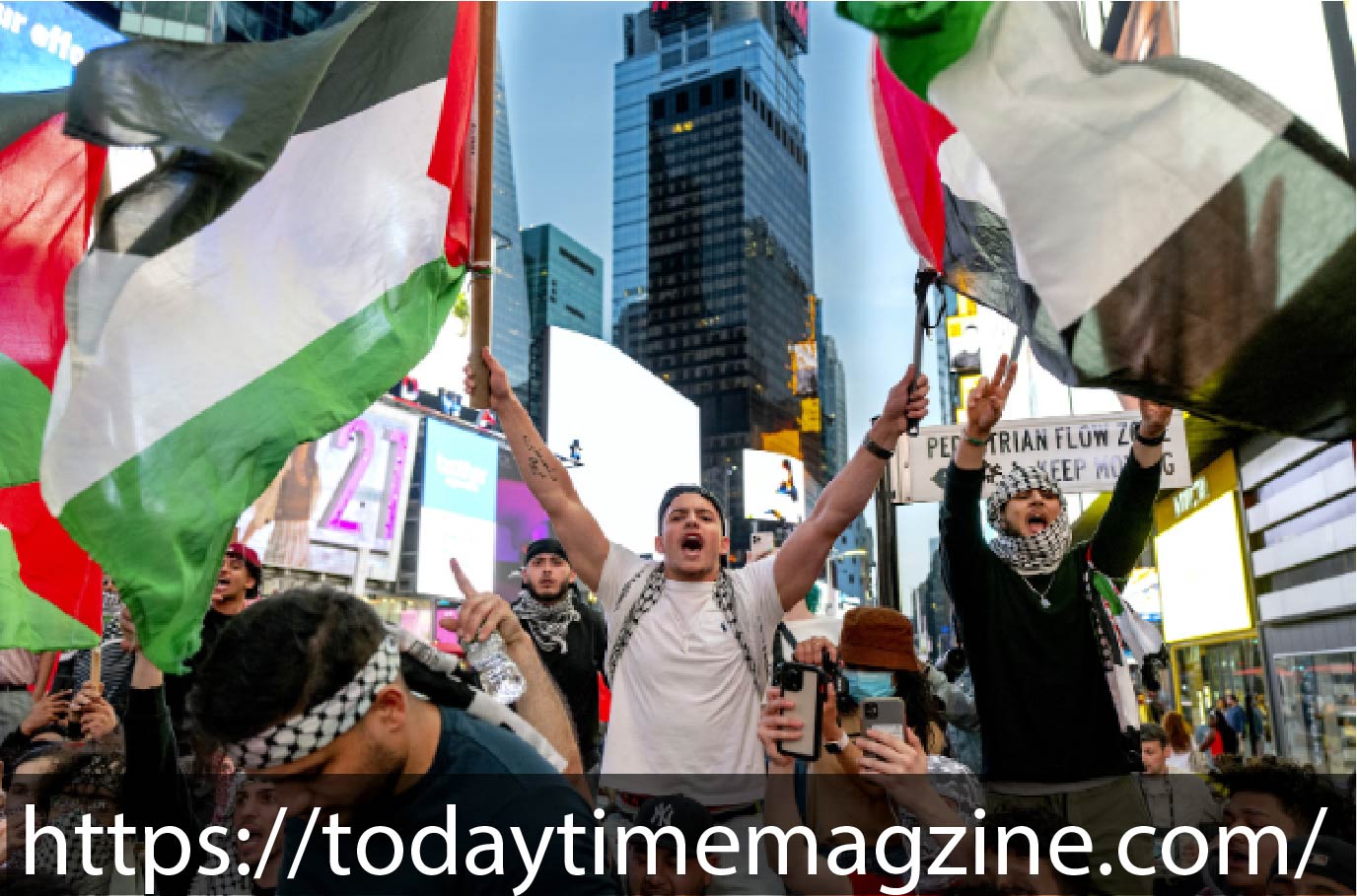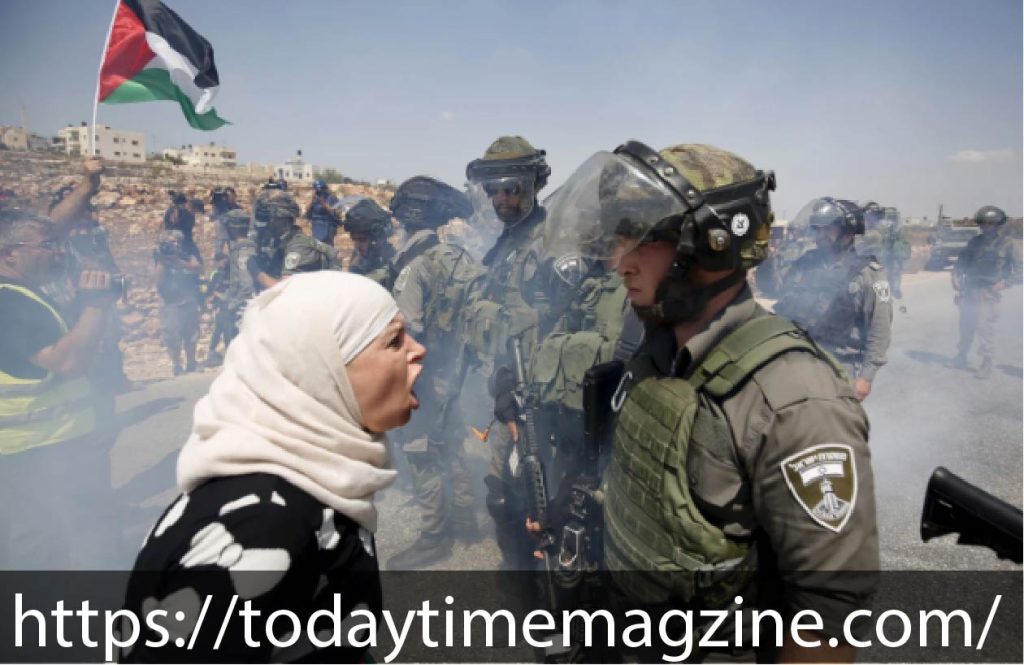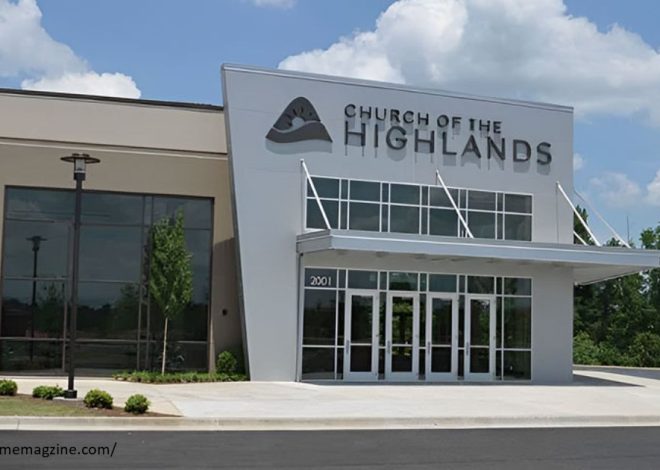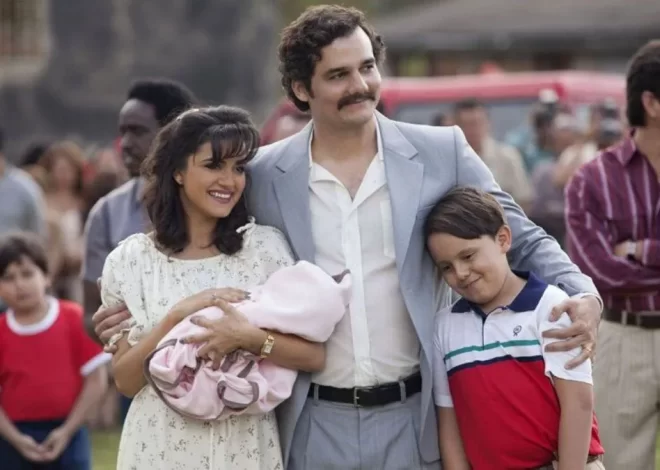
Palestine’s Vibrant 8 Cultural Scene: A Window to Heritage
Palestine is steeped in history, culture, and tradition and is nestled between the Mediterranean Sea and the Jordan River. Beyond the political narratives often dominating the discourse lies a vibrant cultural scene that offers a glimpse into the rich tapestry of Palestinian heritage. From ancient archaeological sites to contemporary art spaces, Palestine’s cultural landscape is as diverse as it is captivating.
Ancient Echoes: Archaeological Marvels Palestine
The roots of Palestinian culture stretch back millennia, evidenced by the numerous archaeological sites scattered across the region. Cities like Jericho, often hailed as one of the oldest continuously inhabited settlements in the world, stand as testaments to Palestine’s ancient past. The remnants of ancient civilizations, from the Canaanites to the Romans, offer invaluable insights into the region’s rich history and cultural evolution.
Artistic Expressions: A Canvas of Creativity Palestine
Palestinian artists have garnered international acclaim in recent years for their unique perspectives and innovative works. Galleries and art spaces in cities like Ramallah and Bethlehem showcase diverse artistic expressions, from traditional motifs to contemporary installations. These artists, both at home and abroad, use their work to explore themes of identity, displacement, and resilience, offering profound reflections on the Palestinian experience.
Literary Legacy: Stories that Resonate Palestine
The Palestinian literary scene is a treasure trove of stories, poems, and narratives that capture the essence of the land and its people. Renowned authors like Mahmoud Darwish and Ghassan Kanafani have left an indelible mark on world literature, their works translated into numerous languages and studied in academic institutions worldwide. Through their writings, they have provided a window into the Palestinian narrative, challenging stereotypes and fostering understanding.
Musical Traditions: Melodies of Resistance Palestine
Music has always been a powerful medium of expression in Palestine, with traditional songs and melodies passed down through generations. From the haunting strains of the oud to the rhythmic beats of the darbuka, Palestinian music resonates with passion and emotion. Contemporary musicians, inspired by their cultural heritage, are blending traditional sounds with modern influences, creating a unique musical landscape that echoes the spirit of resilience and hope.
Culinary Delights: A Feast for the Senses
Without delving into its culinary traditions, no exploration of Palestinian culture would be complete. Palestinian cuisine, characterized by its use of fresh ingredients and aromatic spices, offers a sensory feast for food enthusiasts. Dishes like maqluba, musakhan, and knafeh are not just meals but expressions of tradition, hospitality, and community. Cooking methods passed down through generations and regional variations ensure a diverse and delectable culinary experience.
Festivals and Celebrations: Embracing Tradition
Palestinians celebrate festivals and traditions that reflect their cultural heritage throughout the year. Events like the Olive Harvest Festival and the Bethlehem Cultural Festival provide platforms for communities to unite, share their traditions, and showcase their talents. These celebrations, marked by music, dance, and culinary delights, foster a sense of unity and pride, reinforcing the bonds that connect Palestinians to their land and heritage.
Preserving the Past: A Commitment to Culture
Amidst the challenges and complexities of the present, there is a concerted effort in Palestine to preserve and promote its cultural heritage. Museums, cultural centers, and heritage sites safeguard artifacts, documents, and traditions that tell the Palestinian story. Initiatives to revive traditional crafts, such as embroidery and pottery, ensure that age-old techniques and skills are passed on to future generations.
Conclusion
Palestine’s vibrant cultural scene is a testament to its people’s resilience, creativity, and spirit. Through art, music, literature, and culinary traditions, Palestinians are preserving their heritage and shaping its future. In an increasingly interconnected world, understanding and appreciating the depth and diversity of Palestinian culture is more important than ever. Through these cultural exchanges and dialogues, bridges are built, stereotypes are challenged, and mutual respect is fostered. As the custodians of a rich and storied heritage, Palestinians continue to offer the world a window into their past, present, and future, inviting all to share in the beauty and complexity of their cultural tapestry.
Theater and Performance Arts: Narratives in Motion
Theater and performance arts have long been integral to Palestinian culture, serving as platforms for storytelling, social commentary, and communal expression. From traditional folk performances like dabke, a lively dance often accompanied by rhythmic drumming, to contemporary theater productions addressing modern-day issues, Palestinian artists are harnessing the power of the stage to engage, educate, and inspire audiences. Theater groups and performing arts centers across Palestine nurture local talent, provide platforms for emerging artists, and foster a vibrant cultural ecosystem.
Craftsmanship and Traditional Arts: Hands that Shape Heritage
The art of craftsmanship holds a revered place in Palestinian culture, with artisans meticulously crafting objects that embody the essence of Palestinian identity. Traditional crafts, such as intricate embroidery known as tatreez, hand-blown glass, and olive wood carvings, are more than just decorative items; they are symbols of heritage, resilience, and craftsmanship. Artisan workshops and cooperatives work tirelessly to preserve these traditional skills, ensuring that future generations continue to appreciate and practice these time-honored crafts.
Media and Film: Capturing the Palestinian Narrative
In media and film, Palestinian voices are increasingly being heard globally. Established and emerging filmmakers are creating compelling narratives that shed light on the Palestinian experience, challenge misconceptions, and humanize stories often marginalized or misrepresented in mainstream media. Film festivals, such as the Palestine Film Festival, provide platforms for these cinematic voices, fostering dialogue, encouraging artistic expression, and celebrating the power of storytelling through film.
Literary Festivals and Book Fairs: Celebrating the Written Word
Literature remains a powerful medium for Palestinians to articulate their experiences, aspirations, and visions for the future. Literary festivals and book fairs in cities like Ramallah and Jerusalem are burgeoning hubs of intellectual discourse, creative exploration, and cultural celebration. These events unite authors, poets, scholars, and readers, creating spaces for dialogue, reflection, and engagement with diverse literary works that explore Palestinian history, culture, and identity.
Youth Engagement: Cultivating the Next Generation
The engagement and empowerment of youth are paramount to the preservation and evolution of Palestinian culture. Youth organizations, cultural initiatives, and educational programs provide platforms for young Palestinians to connect with their heritage, explore their creative potential, and contribute to their communities. Through arts education, mentorship programs, and youth-led initiatives, the next generation of Palestinian artists, thinkers, and leaders is being nurtured, ensuring a vibrant and dynamic cultural landscape for years to come.
Interdisciplinary Collaborations: Bridging Boundaries
Collaborative endeavors spanning disciplines, genres, and borders enrich Palestine’s cultural scene, fostering cross-cultural dialogue and nurturing innovative expressions of Palestinian identity. Artists, musicians, writers, and scholars collaborate on interdisciplinary projects that blend traditional and contemporary elements, explore new artistic frontiers, and challenge conventional boundaries. These collaborations, often facilitated by cultural institutions and international partnerships, are catalyzing creative synergies and fostering a spirit of unity and cooperation within Palestine’s diverse cultural community.
Tourism and Cultural Heritage: Sharing Stories with the World
Tourism is pivotal in showcasing Palestine’s cultural heritage, providing visitors with immersive experiences that celebrate the region’s rich history, traditions, and landscapes. Cultural heritage sites, such as the Old City of Jerusalem, Bethlehem’s Manger Square, and the ancient city of Hebron, are not only testaments to Palestine’s past but also vibrant hubs of cultural activity, where stories come alive, traditions are celebrated, and the spirit of Palestinian culture is palpable.
Challenges and Opportunities: Navigating the Cultural Landscape
While Palestine’s cultural scene is undeniably vibrant and diverse, it is not without its challenges. Economic constraints, political instability, and external pressures often pose significant obstacles to the cultivation and preservation of Palestinian culture. However, amidst these challenges lie resilience, innovation, and growth opportunities. Grassroots initiatives, community-led projects, and international collaborations foster resilience within Palestine’s cultural community, empowering artists, cultural practitioners, and communities to overcome adversity, preserve their heritage, and shape a brighter future for Palestinian culture.
Preservation Efforts: Safeguarding Palestinian Heritage
In the heart of the Middle East, amid geopolitical challenges, Palestine is a beacon of rich cultural heritage. But with time and conflict, losing some of these treasures is always the looming threat. Recognizing this, numerous initiatives have sprung up to ensure that Palestinian culture, in all its forms, remains intact for future generations.
Digital Archives: Capturing the Intangible
One of the recent groundbreaking efforts has been digitizing Palestinian artifacts, manuscripts, and oral histories. Digital archives, often collaborations between local institutions and international partners, serve as knowledge repositories. Documenting and preserving these materials in digital formats ensures more comprehensive access for researchers, students, and the general public. Such archives protect against physical loss and make the rich tapestry of Palestinian culture accessible to a global audience.
Education and Curriculum Integration: Cultivating Cultural Consciousness
The essence of Palestinian culture is being woven into the fabric of education. Schools and universities across Palestine are integrating cultural studies, heritage preservation, and arts education into their curricula. By fostering a sense of pride and understanding from a young age, educators aim to cultivate a generation well-versed in their heritage and equipped to carry it forward. Workshops, seminars, and cultural exchange programs further enhance this educational journey, fostering dialogue and deepening understanding.

Table of Contents
Community Engagement: Ground-Up Initiatives
At the grassroots level, communities are taking the reins of cultural preservation. Local initiatives, led by community leaders, artists, and activists, breathe life into traditional practices, revive dying arts, and create spaces for cultural expression. Community centers, cultural festivals, and heritage walks are becoming commonplace, allowing residents and visitors alike to immerse themselves in the rich cultural milieu of Palestine. Such initiatives not only preserve traditions but also foster community cohesion and pride.
International Collaborations: Bridging Cultures
On the international front, collaborations between Palestinian cultural institutions and their counterparts worldwide are fostering mutual understanding and appreciation. Exchange programs, artist residencies, and collaborative projects provide platforms for cultural exchange, dialogue, and collaboration. By showcasing Palestinian art, music, literature, and traditions on the global stage, these collaborations challenge stereotypes, break down barriers, and build bridges of understanding between diverse cultures.
Economic Sustainability: Valuing Cultural Capital
Recognizing the economic value of cultural heritage, efforts are underway to leverage Palestine’s rich cultural assets for sustainable development. Cultural tourism initiatives, artisan cooperatives, and craft markets preserve traditional skills and practices and generate income for communities. By valuing and investing in cultural capital, stakeholders aim to create economic opportunities that safeguard and celebrate Palestinian heritage.
Challenges and Resilience: Navigating the Path Forward
Despite the myriad efforts to preserve and promote Palestinian culture, challenges persist. Political instability, economic hardships, and social pressures often threaten the very fabric of cultural heritage. However, the resilience and determination of the Palestinian people remain unwavering. Through grassroots initiatives, international collaborations, and community-driven efforts, Palestinians continue navigating these challenges, finding innovative solutions, fostering resilience, and forging a path that honors their rich cultural legacy.
Conclusion
Palestine’s cultural heritage is a testament to its people’s enduring spirit, creativity, and resilience. From ancient archaeological sites to contemporary artistic expressions, from traditional crafts to digital archives, Palestinian culture thrives, evolves, and inspires. Through concerted preservation efforts, educational initiatives, community engagement, international collaborations, and economic sustainability, Palestinians ensure their cultural heritage remains a vibrant and integral part of the global cultural landscape. As custodians of this rich legacy, they invite the world to join them in celebrating, preserving, and perpetuating Palestinian culture’s beauty, diversity, and vitality for generations to come.
Cultural Diplomacy: The Role of Palestine on the Global Stage
In an increasingly interconnected world, the power of culture as a tool for diplomacy and mutual understanding cannot be overstated. Palestine, with its rich tapestry of history, traditions, and artistic expressions, plays a pivotal role in cultural diplomacy, fostering dialogue, building bridges, and forging connections across borders.
Cultural Diplomacy: Beyond Politics
While politics often dominate headlines, cultural diplomacy operates in the realm of shared human experiences, aspirations, and values. Palestinian artists, musicians, writers, and cultural practitioners are ambassadors of their heritage, representing their homeland on international platforms, festivals, and exhibitions. Through their work, they transcend political narratives, offering nuanced perspectives that resonate with audiences worldwide, fostering empathy and connections that transcend borders.
Cultural Exchange Programs: Building Bridges of Understanding
Cultural exchange programs catalyze dialogue and understanding between nations and cultures. Palestinian artists, scholars, and cultural leaders participate in international residencies, workshops, and conferences, engaging with global audiences, sharing their stories, and learning from diverse perspectives. These exchanges cultivate mutual respect, challenge stereotypes, and foster collaborations that enrich the global cultural landscape.
Palestinian Diaspora: Cultural Bridges and Connections
The Palestinian diaspora, scattered across the globe, is a vibrant extension of Palestine’s cultural heritage. Diaspora communities, while geographically distant, remain deeply connected to their homeland, preserving traditions, sharing stories, and fostering solidarity. Cultural events, community gatherings, and digital platforms enable diaspora Palestinians to maintain their cultural identity, contribute to global cultural exchanges, and play an integral role in Palestinian cultural diplomacy.
International Partnerships: Collaborative Endeavors
International partnerships between Palestinian cultural institutions and global counterparts amplify the impact of cultural diplomacy initiatives. Collaborative projects, joint exhibitions, and cultural festivals create platforms for dialogue, foster artistic collaborations, and showcase the richness of Palestinian culture to diverse audiences worldwide. Through these partnerships, cultural practitioners exchange ideas, share best practices, and co-create experiences that celebrate the shared human experience.
Digital Platforms: Connecting Cultures in the Digital Age
In the digital age, online platforms and social media play a crucial role in cultural diplomacy. Palestinian artists, writers, and cultural institutions leverage digital platforms to reach global audiences, share their work, and engage in conversations that transcend geographical boundaries. Virtual exhibitions, digital archives, and online events enable Palestinians to connect with their diaspora, engage with international audiences, and participate in global cultural dialogues, fostering connections and collaborations in virtual spaces.
Education and Cultural Exchange: Nurturing Future Leaders
Education lies at the heart of cultural diplomacy, shaping future leaders, fostering global citizenship, and nurturing a deep appreciation for diverse cultures. Educational institutions in Palestine and abroad collaborate on exchange programs, student initiatives, and curriculum development projects integrating cultural studies, global perspectives, and experiential learning opportunities. By cultivating a generation of informed, empathetic, and culturally aware individuals, these initiatives lay the foundation for a more interconnected and harmonious world.
Challenges and Opportunities: Charting the Path Forward
While cultural diplomacy offers transformative opportunities for dialogue, understanding, and collaboration, it also presents challenges that require thoughtful navigation. Political sensitivities, cultural misunderstandings, and logistical complexities often hinder effective cultural diplomacy initiatives. However, the resilience, creativity, and determination of cultural practitioners, diplomats, and stakeholders drive innovative solutions, foster resilience, and forge pathways for meaningful engagement and collaboration.
Conclusion
Palestine’s cultural heritage is a beacon of creativity, resilience, and human spirit that resonates with audiences worldwide. Through cultural diplomacy initiatives, international partnerships, educational collaborations, and digital engagement, Palestinians are shaping a global narrative that celebrates diversity, fosters understanding, and cultivates connections that transcend borders. As ambassadors of their rich cultural heritage, Palestinians continue to inspire, educate, and engage with the world, forging a path that honors their past, celebrates their present, and embraces a future of shared cultural appreciation and collaboration.



